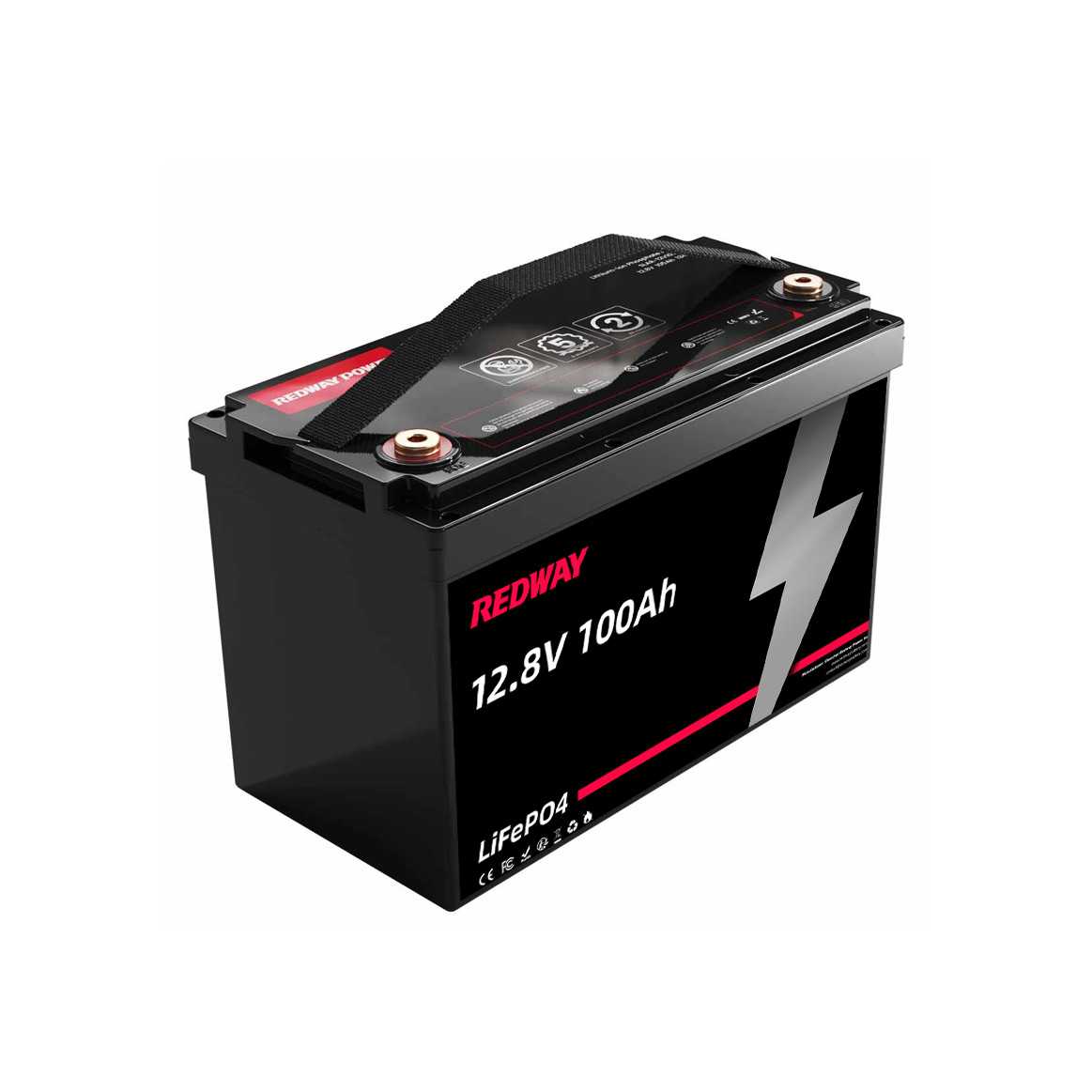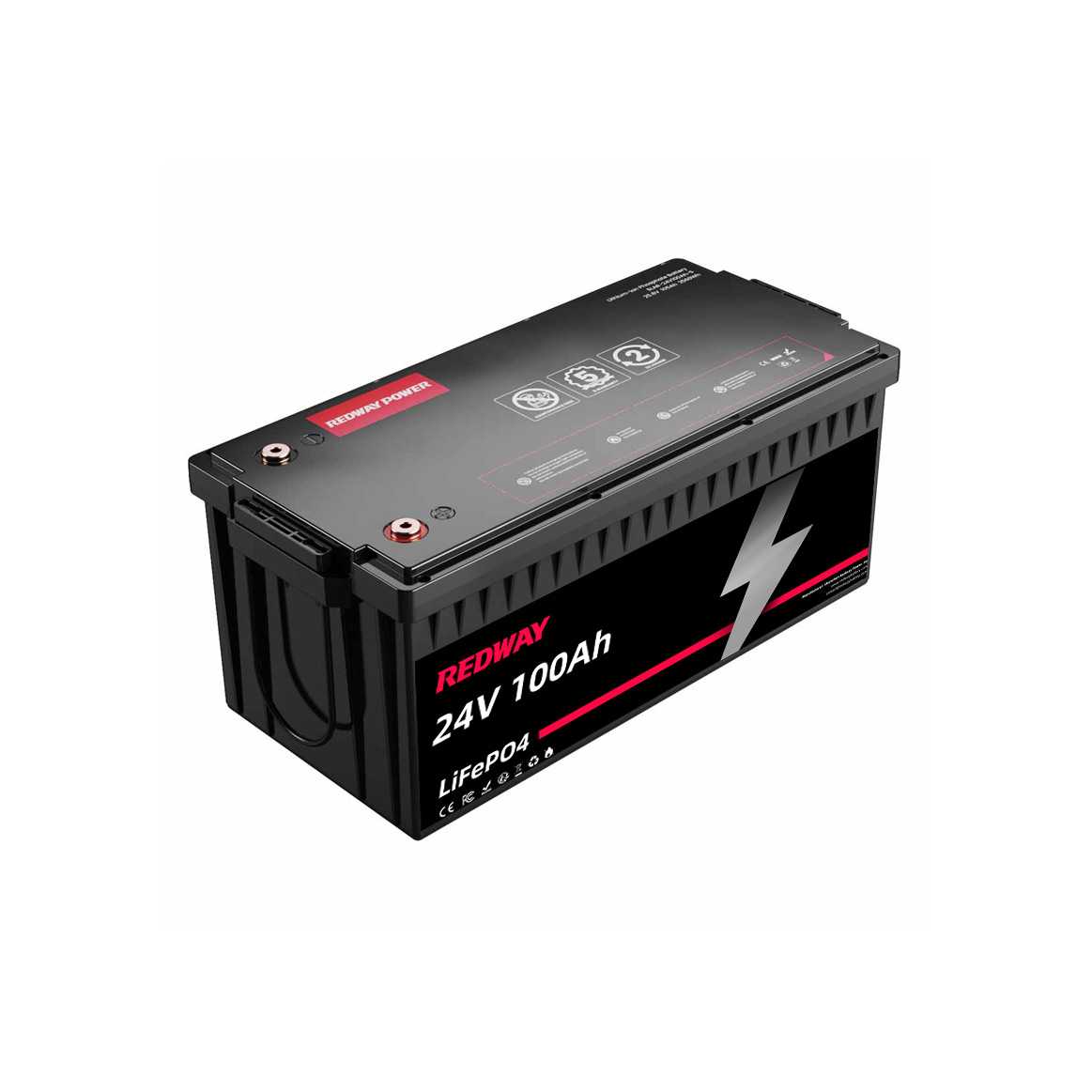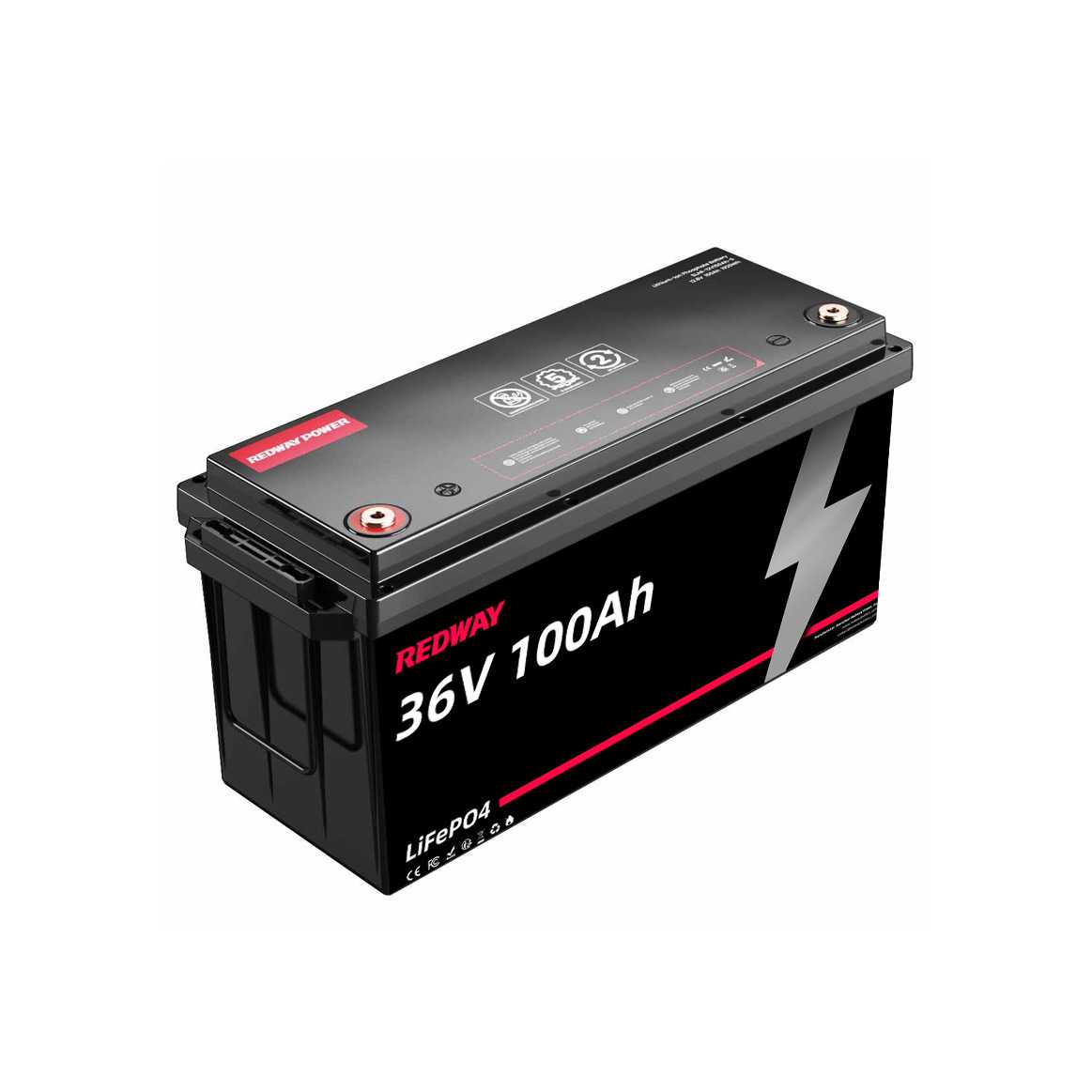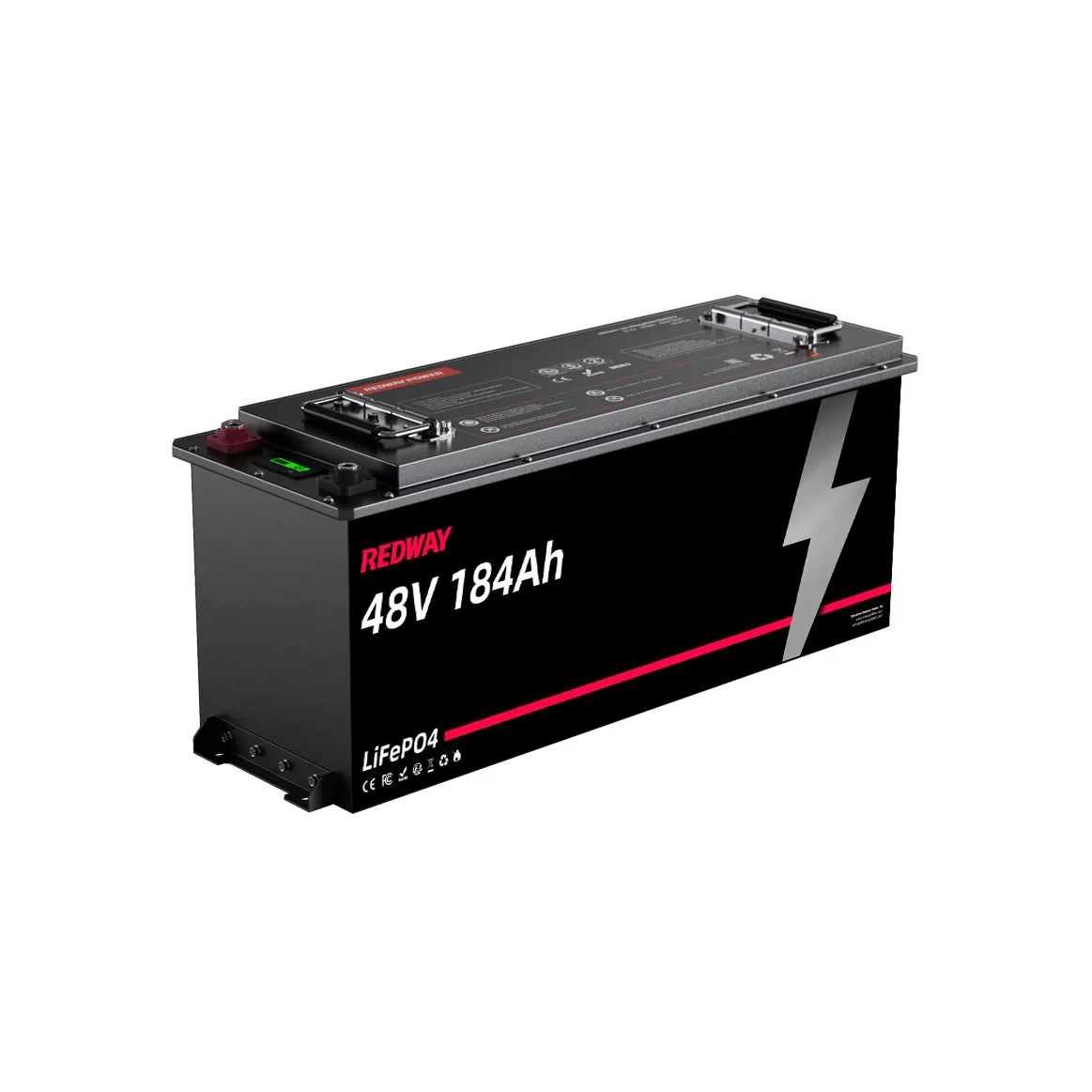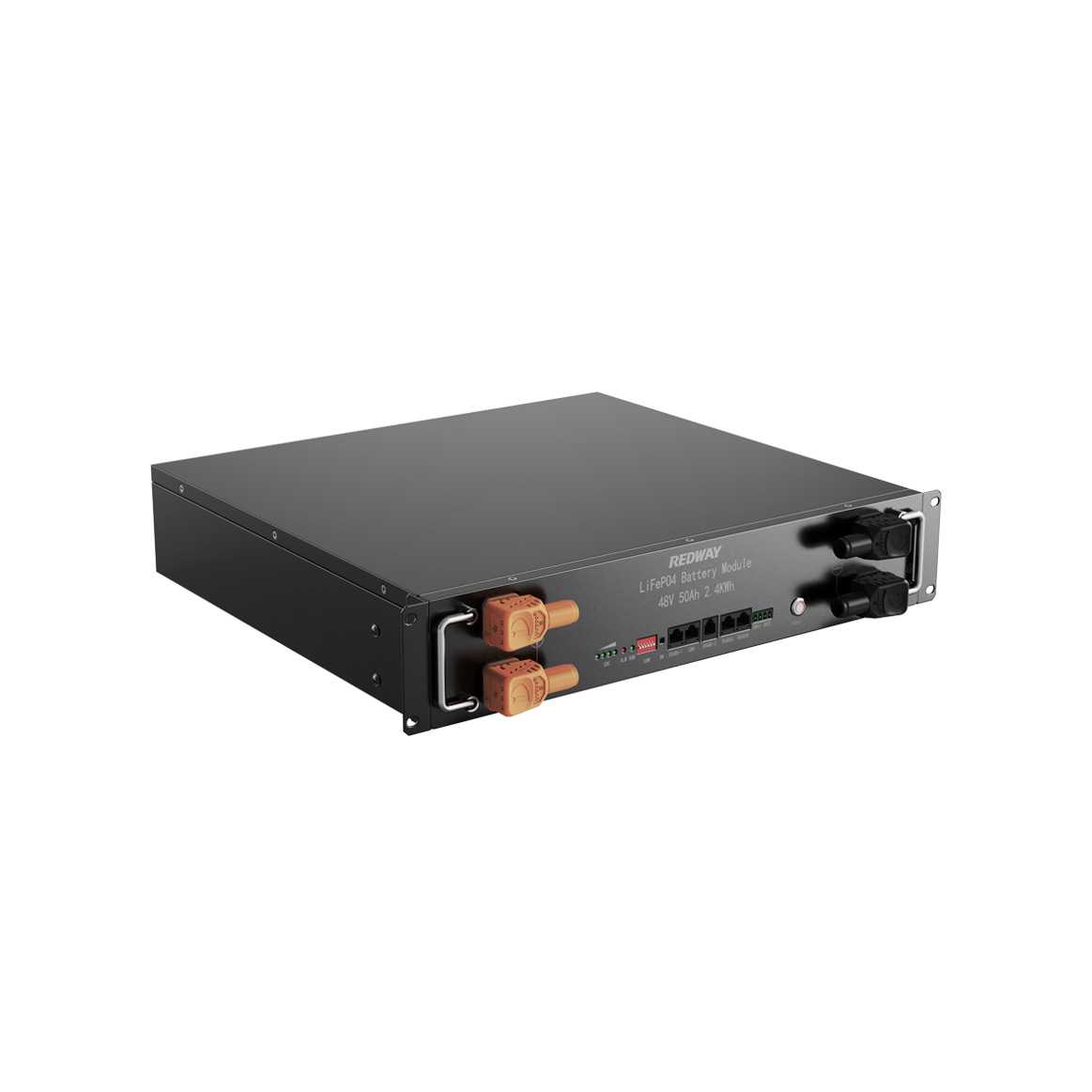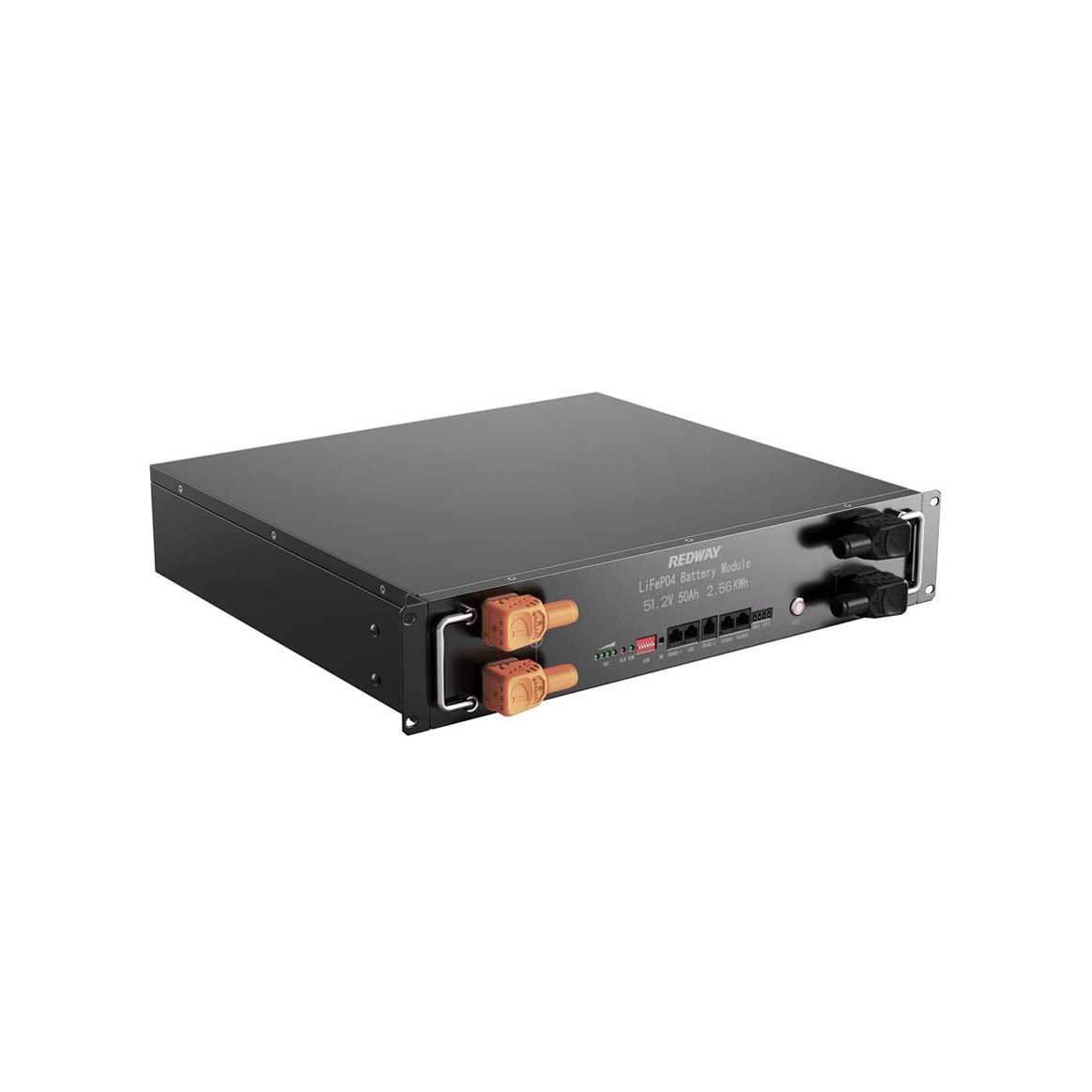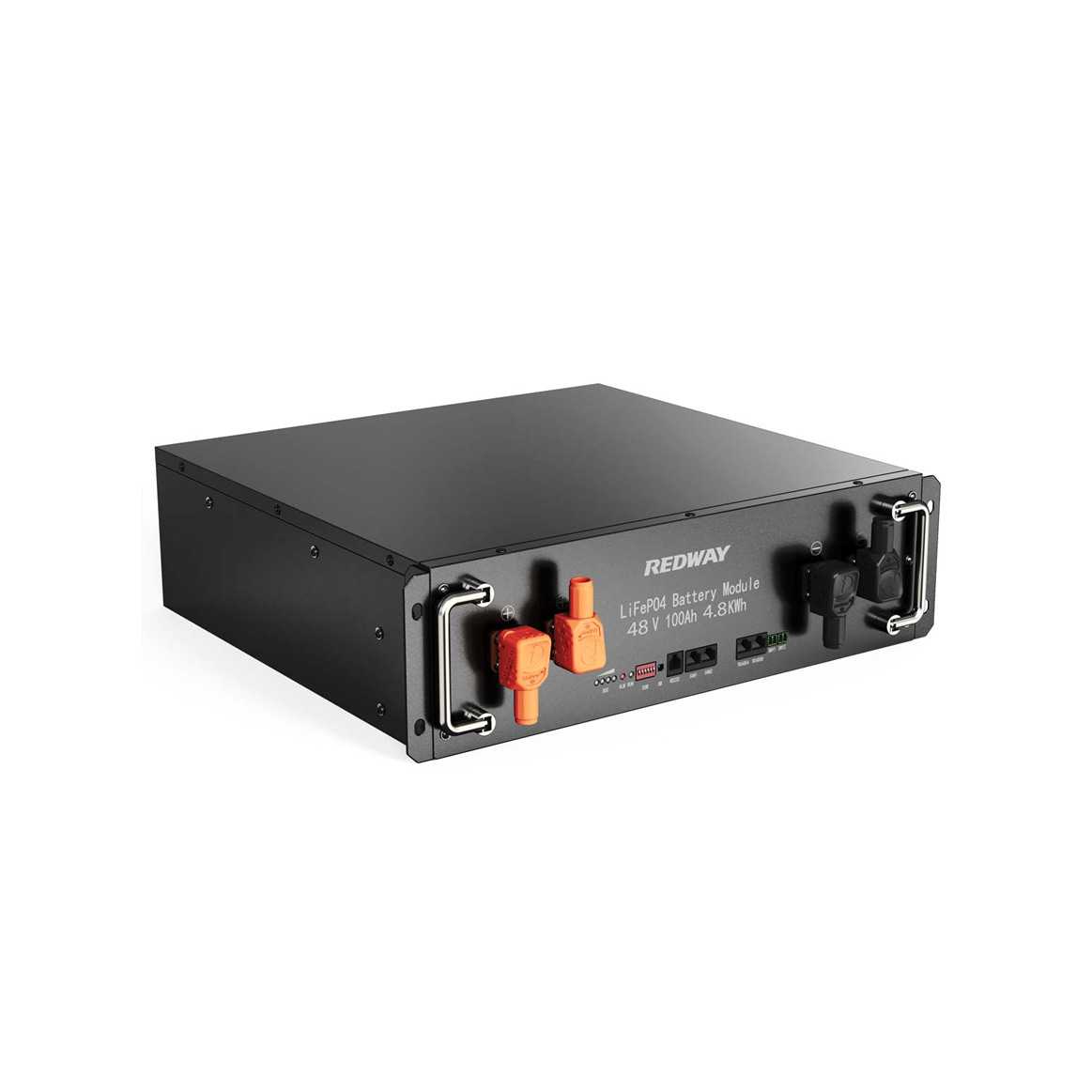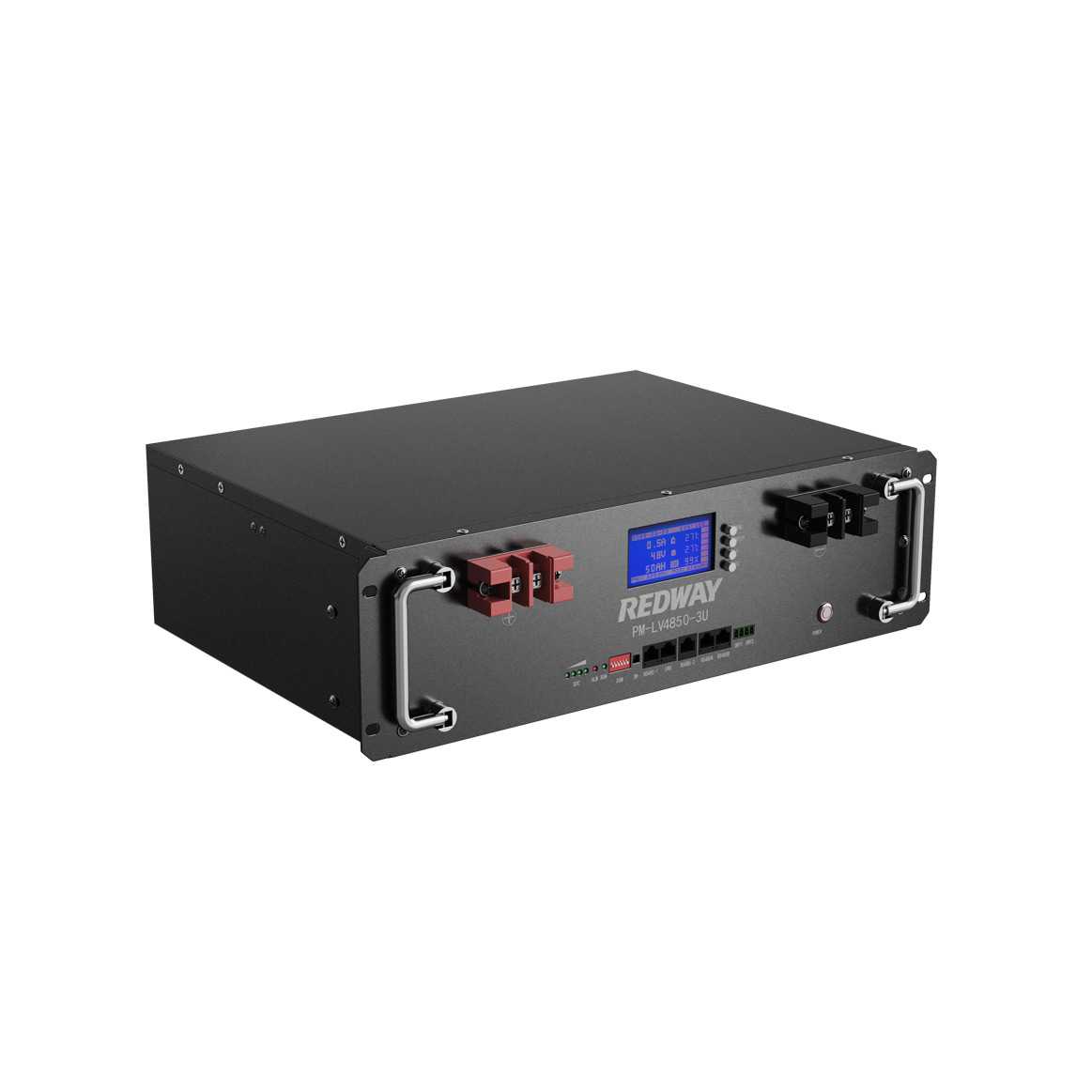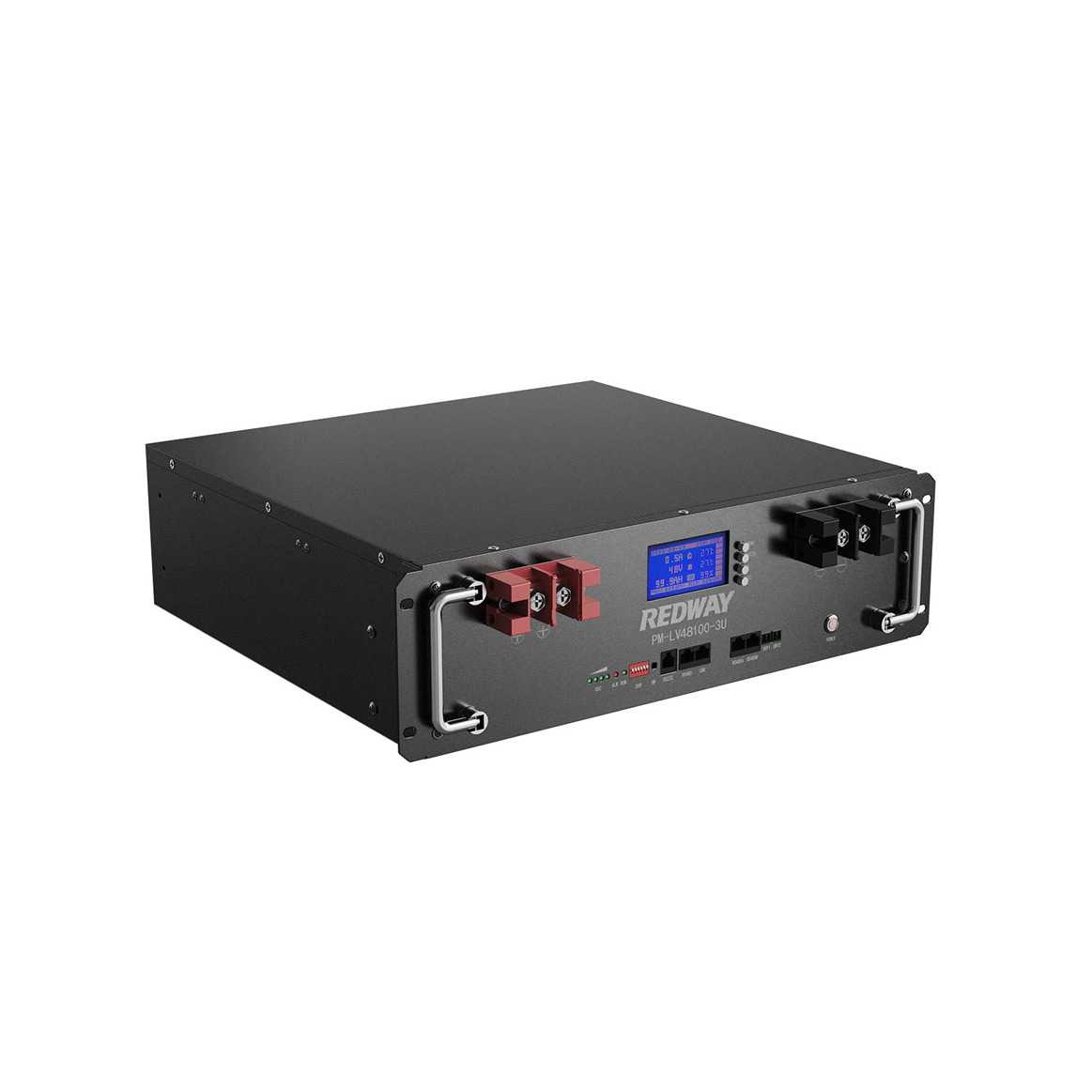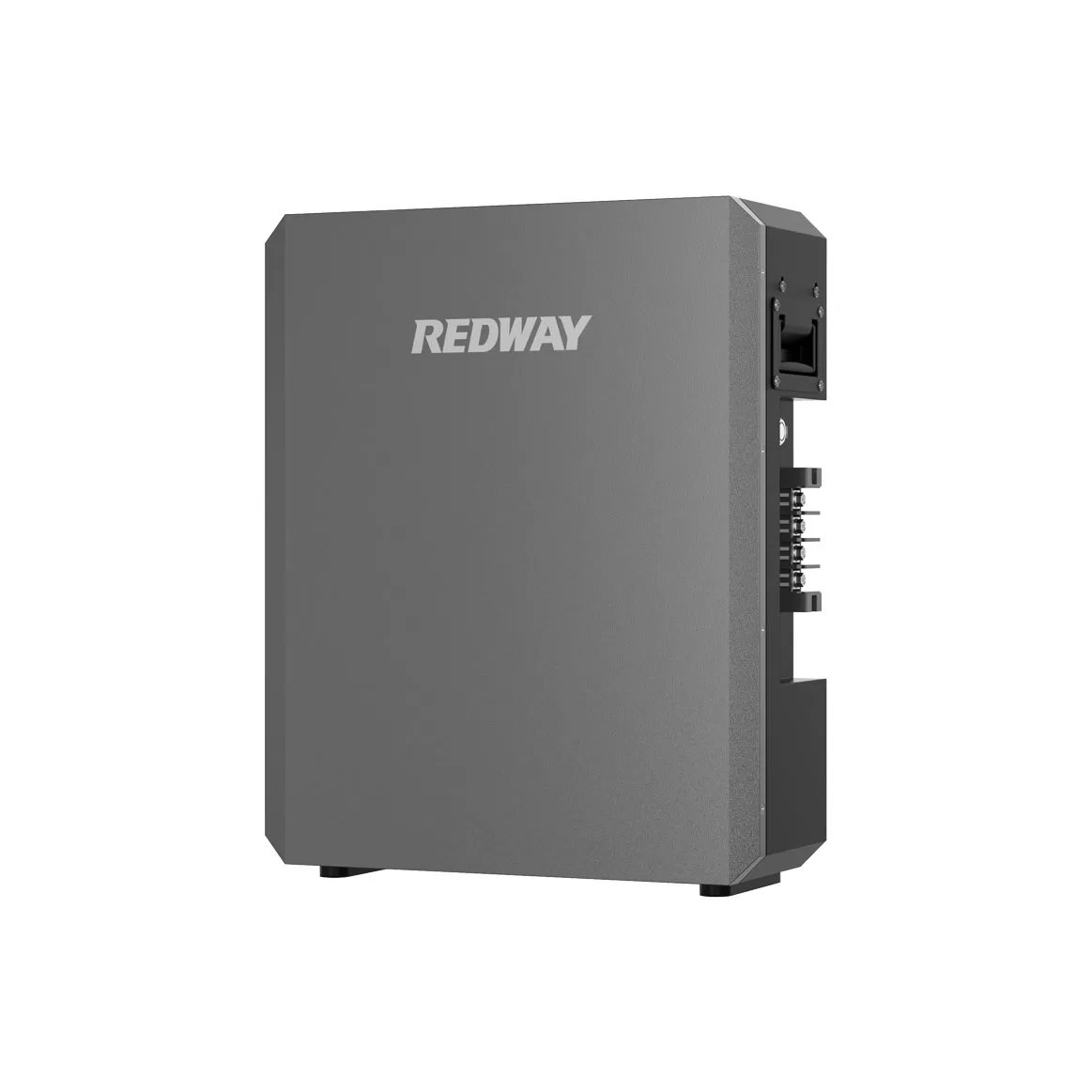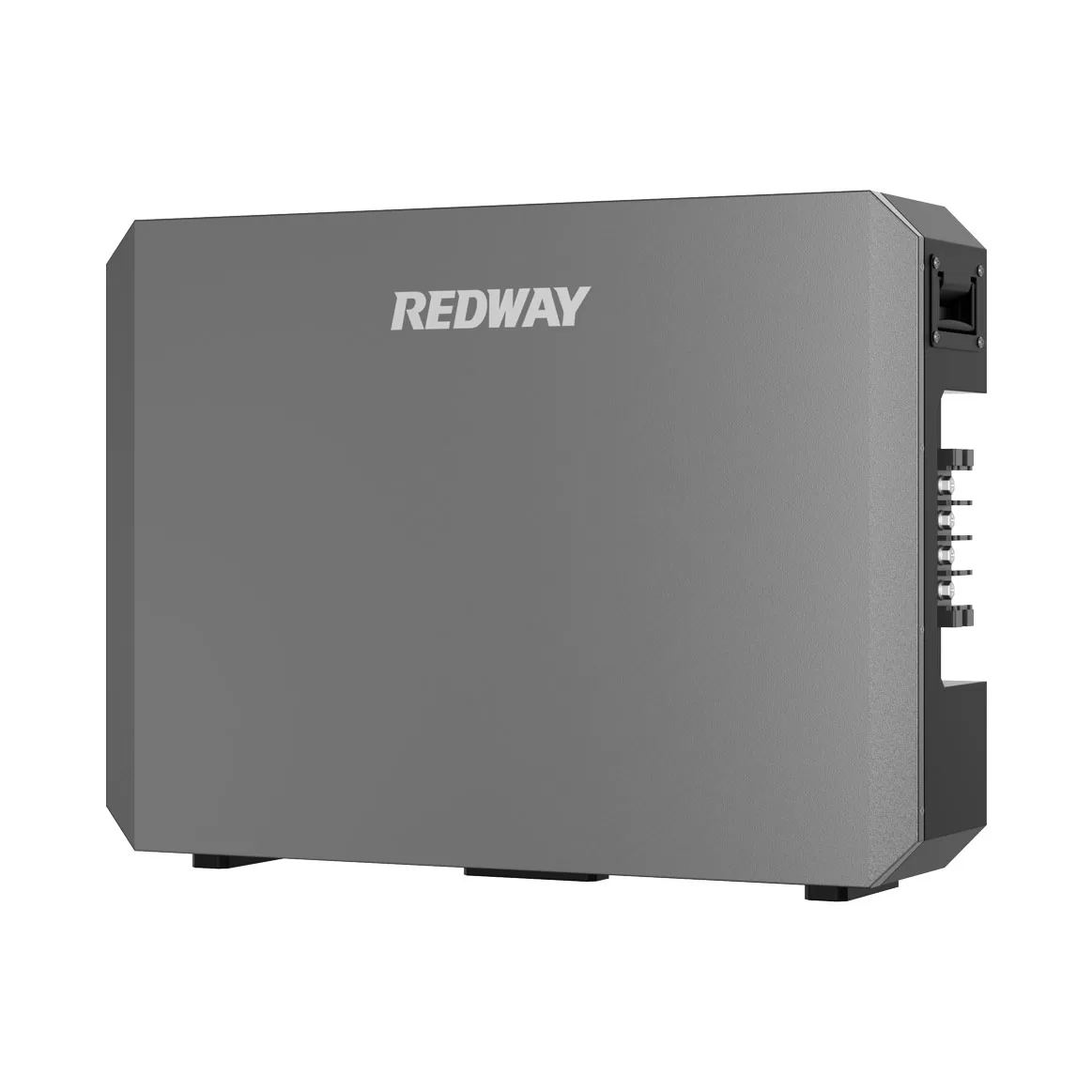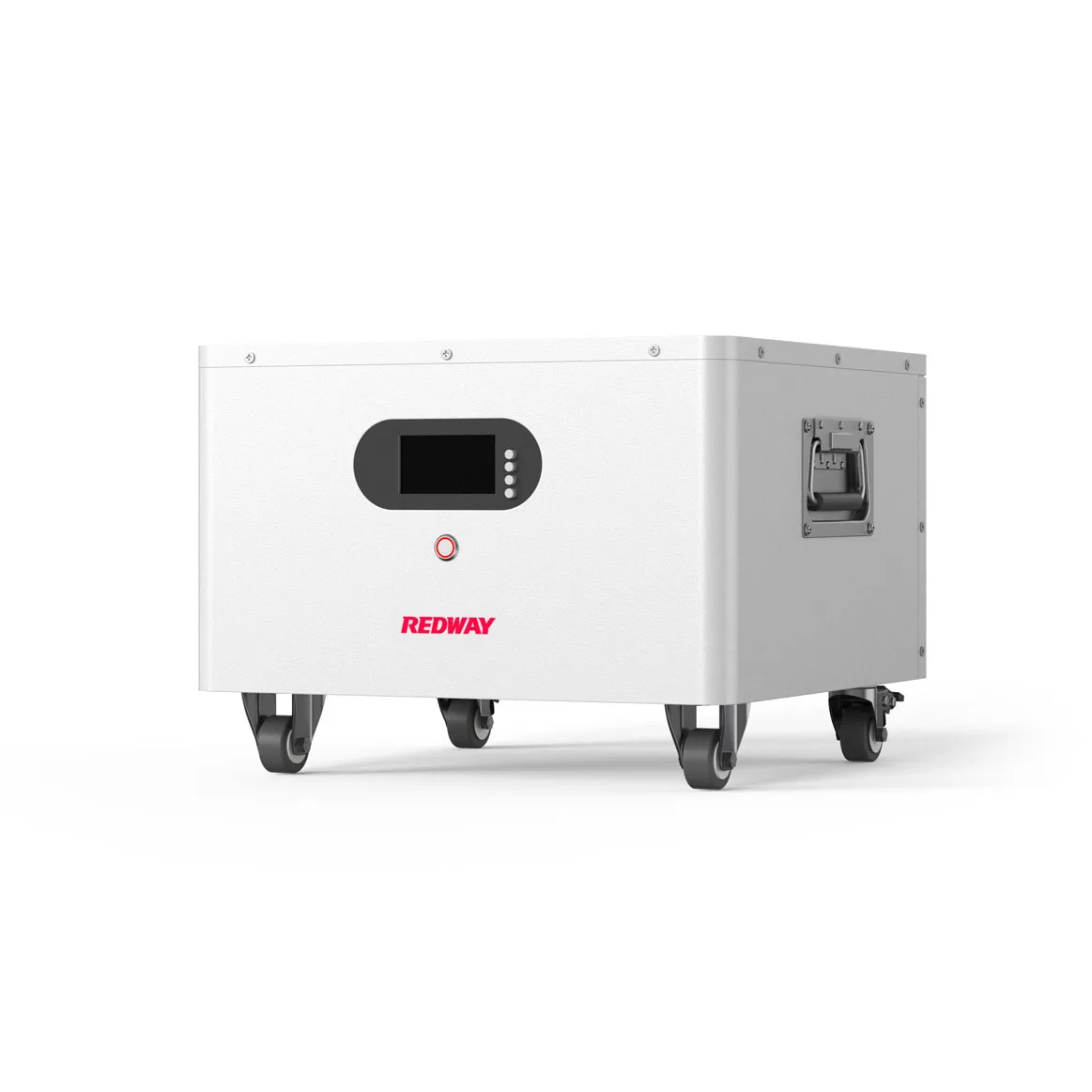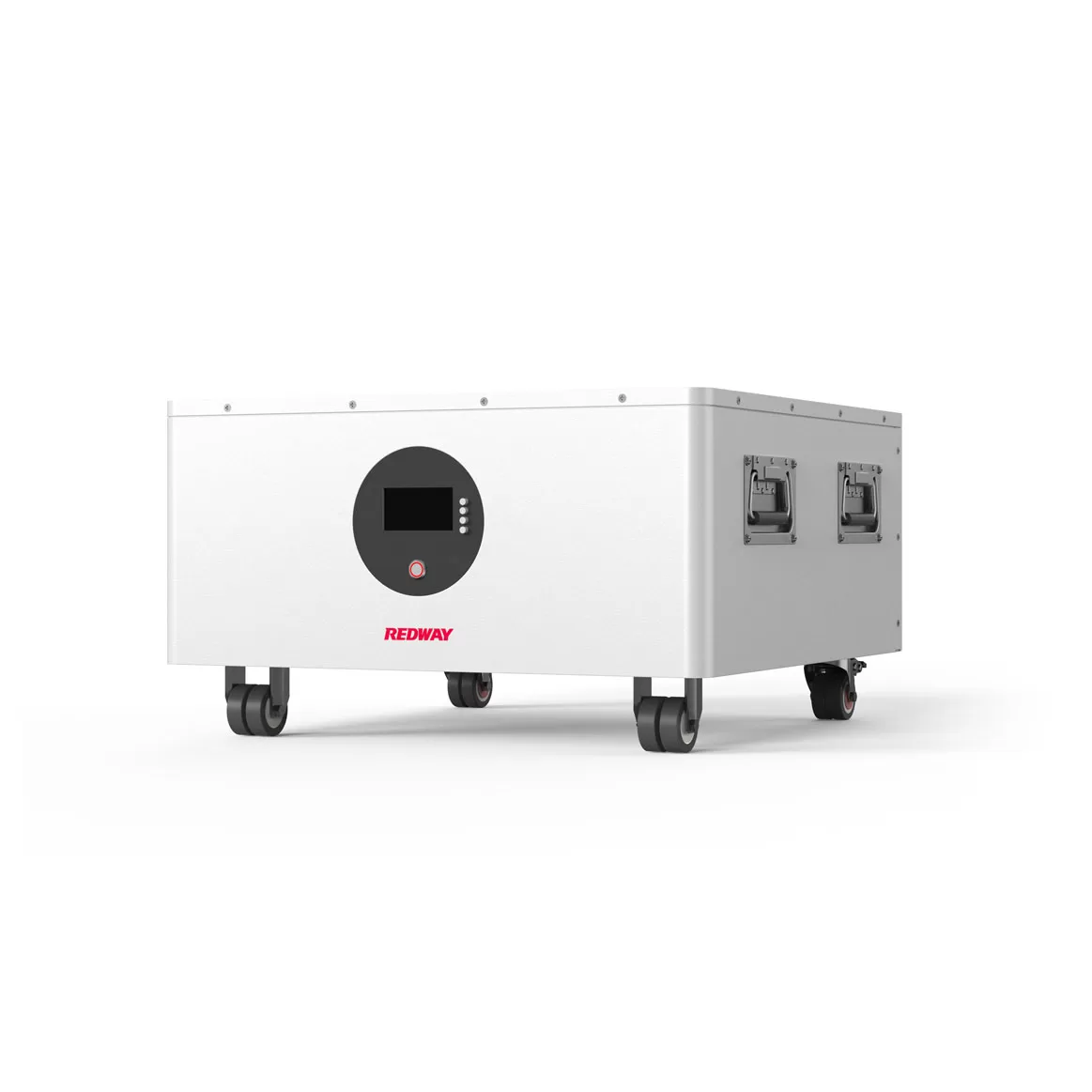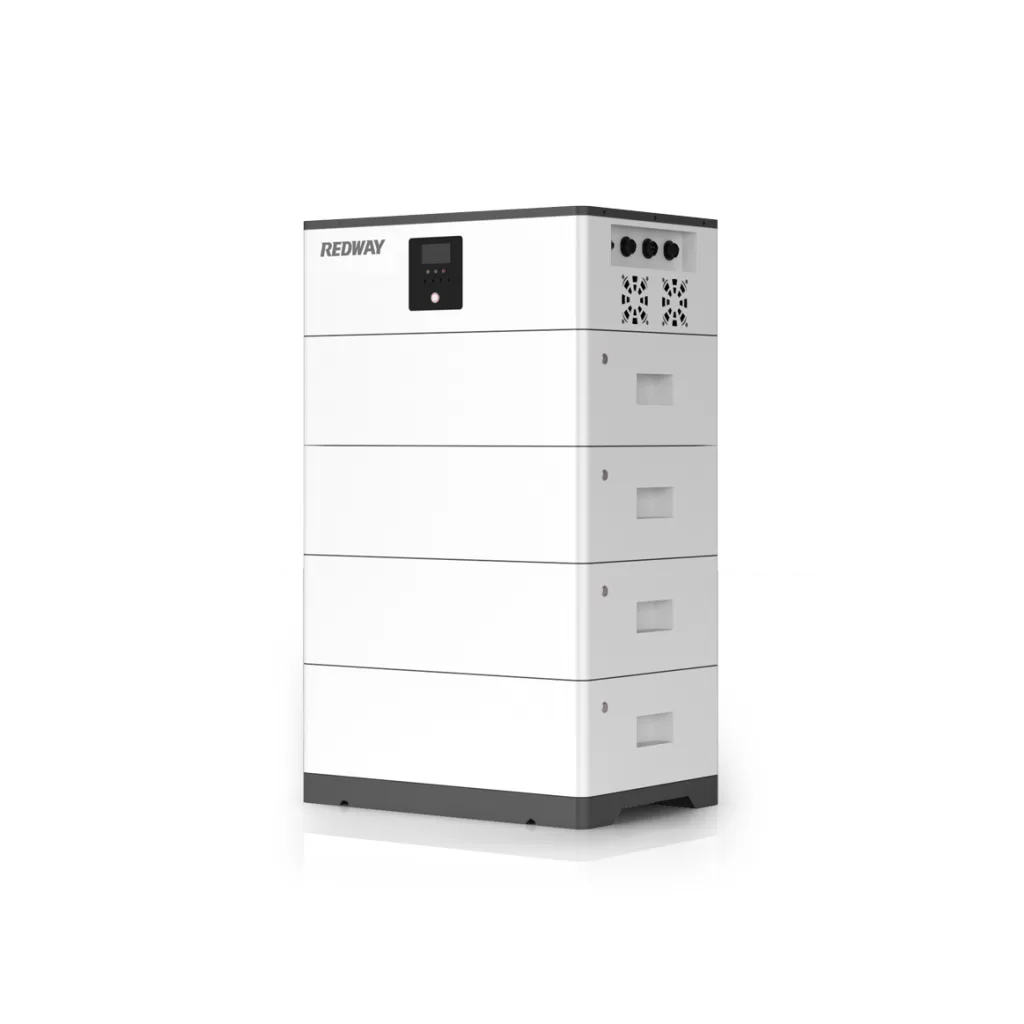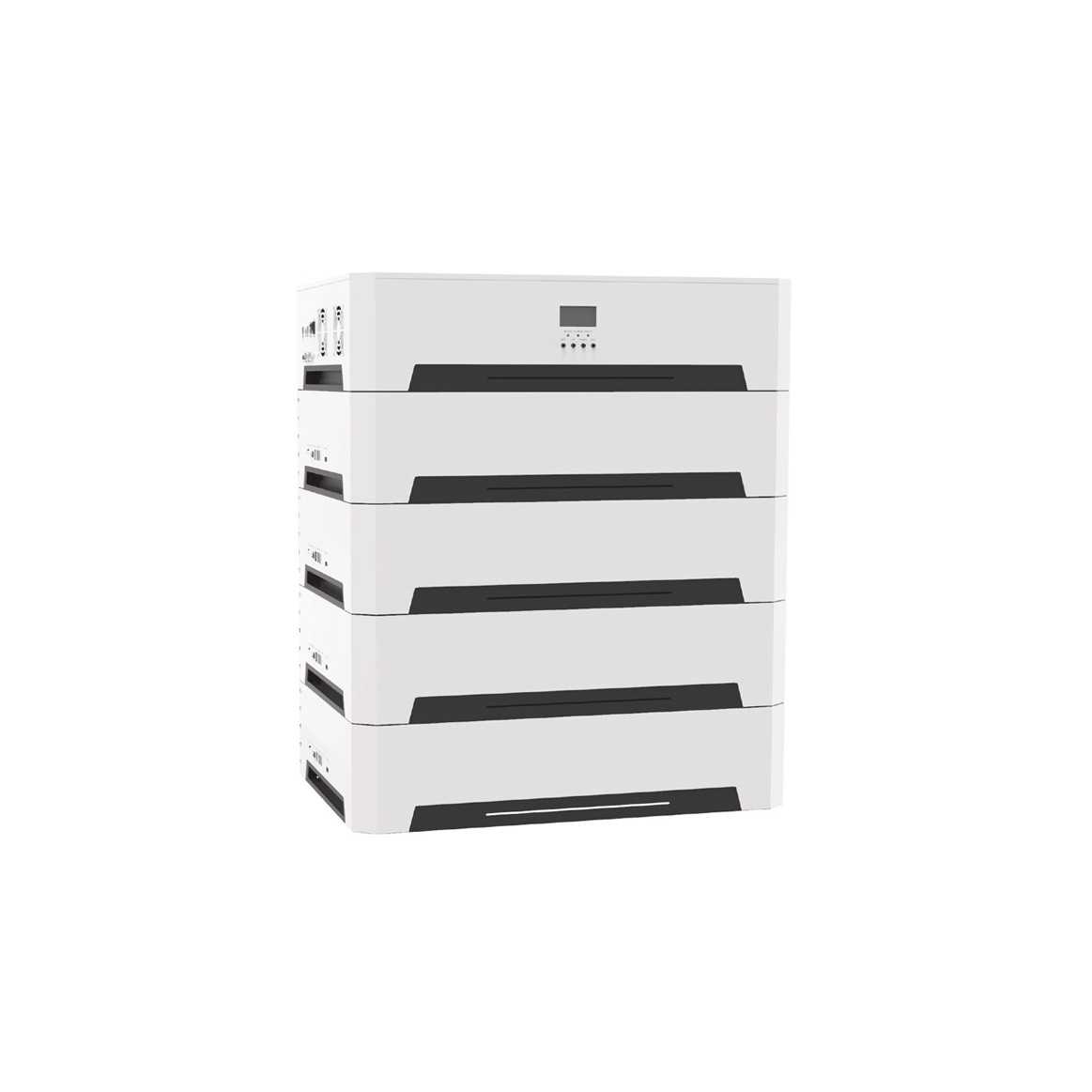هل تخطط لتوصيل البطاريات لمشروعك ولكنك غير متأكد مما إذا كنت تريد توصيلها على التوالي أو بالتوازي؟ لا تقلق ، لقد حصلت على تغطيتها! يعد فهم الفرق بين بطاريات الأسلاك في سلسلة مقابل متوازية أمرا بالغ الأهمية لضمان الوظائف المناسبة وسلامة أجهزتك. في منشور المدونة هذا ، سنوجهك خلال مزايا وعيوب واحتياطات كلتا الطريقتين ، حتى تتمكن من اتخاذ قرار مستنير بشأن أيهما مناسب لاحتياجاتك. لذلك دعونا نبدأ ونتعلم كيفية توصيل البطاريات بشكل صحيح في سلسلة مقابل متوازية!

الاحتياطات قبل توصيل البطاريات على التوالي
Table of Contents
Toggleقبل توصيل البطاريات في سلسلة ، من الضروري اتخاذ احتياطات معينة لمنع أي تلف أو مواقف خطرة. أولا ، تأكد من أن جميع البطاريات لها نفس الجهد والسعة. لا تقم أبدا بتوصيل أنواع مختلفة من البطاريات معا حيث قد يكون لها معدلات تفريغ مختلفة وقد تتسبب في اختلال التوازن.
إجراء احترازي مهم آخر هو التحقق مما إذا كان جهازك يمكنه التعامل مع الجهد المتزايد الناتج عن بطاريات الأسلاك في سلسلة. تحقق من الحد الأقصى لمواصفات جهد التشغيل في دليل الجهاز أو موقع الشركة المصنعة على الويب قبل متابعة توصيل البطارية.
يوصى أيضا باستخدام مصهر أو قاطع دائرة بين أطراف البطارية عند توصيلها في سلسلة لمزيد من الأمان. سيحمي هذا جهازك من ظروف الجهد الزائد التي يمكن أن تلحق الضرر بالمكونات الإلكترونية.
احرص دائما على ارتداء معدات واقية مثل القفازات ونظارات السلامة عند التعامل مع البطاريات لأنها تحتوي على مواد كيميائية ومواد ضارة محتملة يمكن أن تكون سامة إذا تم تناولها أو ملامستها للجلد. من خلال اتخاذ هذه الاحتياطات ، يمكنك توصيل البطاريات بأمان في سلسلة دون أي حوادث!
الاستفادة من بطاريات الأسلاك في سلسلة
تتميز بطاريات الأسلاك في السلسلة بالعديد من المزايا ، بما في ذلك زيادة خرج الجهد. من خلال توصيل الطرف الموجب لبطارية واحدة بالطرف السالب لبطارية أخرى ، يمكنك مضاعفة أو مضاعفة إجمالي خرج الجهد ثلاث مرات. هذا مفيد للتطبيقات التي تتطلب جهدا أعلى مما يمكن أن توفره بطارية واحدة.
ميزة أخرى لبطاريات الأسلاك في سلسلة هي أنها تسمح بمراقبة وتحكم أسهل في نظام إمداد الطاقة الخاص بك. نظرا لأن جميع البطاريات متصلة ببعضها البعض ، يمكنك بسهولة مراقبة مستويات الشحن الفردية الخاصة بها والتأكد من شحنها وتفريغها بالتساوي.
تسمح بطاريات الأسلاك في السلسلة أيضا باستخدام أكثر كفاءة للمساحة المتاحة. على سبيل المثال ، إذا كنت بحاجة إلى مصدر طاقة بجهد 24 فولت ولكن لديك مساحة لبطاريتين صغيرتين بجهد 12 فولت ، فإن توصيلهما في سلسلة سيمنحك الجهد المطلوب دون شغل مساحة إضافية.
علاوة على ذلك ، عندما تكون البطاريات سلكية في سلسلة ، تميل إلى الاستمرار لفترة أطول لأن كل بطارية تشترك في قدر متساو من الحمل مقارنة بالوصلات المتوازية حيث يمكن لخلية سيئة واحدة أن تدمر أداء الخلايا الجيدة الأخرى في وقت واحد.
هناك العديد من الفوائد لبطاريات الأسلاك في سلسلة مما يجعلها خيارا شائعا بين DIYers والمحترفين على حد سواء الذين يتطلعون إلى زيادة قدرات إمدادات الطاقة الخاصة بهم مع الحفاظ على الكفاءة والموثوقية.
عيوب بطاريات الأسلاك في سلسلة
هناك بعض عيوب بطاريات الأسلاك في سلسلة والتي يجب مراعاتها قبل تجربة هذه الطريقة. أحد العيوب الرئيسية هو أنه في حالة فشل بطارية واحدة ، يمكن أن يؤثر ذلك على الدائرة بأكملها ويتسبب في فشل جميع البطاريات في السلسلة.
عيب آخر هو أنه عند توصيل البطاريات في سلسلة ، يزداد الجهد الكلي ولكن تظل السعة كما هي بطارية واحدة. هذا يعني أنه على الرغم من أنه قد يكون لديك المزيد من الطاقة المتاحة ، إلا أنها لن تدوم طويلا كما هو الحال مع الأسلاك المتوازية.
بالإضافة إلى ذلك ، قد يكون شحن بطاريات متعددة في سلسلة أمرا صعبا لأنها يجب أن تصل جميعها إلى الشحن الكامل في نفس الوقت. إذا استغرقت إحدى البطاريات وقتا أطول للشحن من غيرها أو أصبحت مشحونة بشكل زائد ، فقد تتلف نفسها والبطاريات الأخرى في الدائرة.
يمكن أن يؤدي استخدام بطاريات عالية السعة سلكية معا في سلسلة إلى زيادة مخاطر السلامة بسبب ارتفاع الفولتية المعنية. قد يؤدي أي خطأ يحدث أثناء التثبيت أو التشغيل إلى حدوث صدمة كهربائية أو مخاطر نشوب حريق.
في حين أن هناك بالتأكيد مزايا لبطاريات الأسلاك في سلسلة لتطبيقات محددة حيث تتطلب مستويات الجهد العالي ؛ يجب مراعاة الاحتياطات المناسبة مسبقا بسبب قيودها ومخاطرها المحتملة.
الاحتياطات قبل توصيل البطاريات بالتوازي
قبل البدء في توصيل البطاريات بالتوازي ، هناك بعض الاحتياطات المهمة التي تحتاج إلى اتخاذها. تتضمن الأسلاك المتوازية توصيل الأطراف الموجبة لبطارية واحدة بالأطراف الموجبة لبطارية أخرى والأطراف السالبة بأخرى سالبة. فيما يلي بعض الأشياء التي يجب وضعها في الاعتبار قبل القيام بذلك.
أولا ، تأكد من أن جميع البطاريات لها نفس تصنيف الجهد والسعة. إذا لم يفعلوا ذلك ، فقد يتسبب ذلك في اختلال التوازن بينهما ويؤدي إلى شحن بطارية واحدة بشكل زائد أو ناقص الشحن. يمكن أن يؤدي ذلك إلى إتلاف البطاريات على المدى الطويل.
ثانيا ، تأكد من أن جميع التوصيلات محكمة وآمنة. يمكن أن تتسبب الوصلات السائبة في تراكم الحرارة مما قد يؤدي إلى خطر نشوب حريق.
ثالثا ، استخدم أسلاكا ذات حجم مناسب للإعداد الخاص بك. سيؤدي استخدام الأسلاك ذات المقياس الصغير جدا إلى ارتفاع درجة الحرارة لأنها غير قادرة على التعامل مع التيارات العالية المطلوبة لشحن / تفريغ بطاريات متعددة في وقت واحد.
اتبع دائما إجراءات السلامة مثل ارتداء القفازات عند العمل مع الدوائر الحية وضمان التهوية المناسبة عند تثبيت نظامك في الداخل.
من خلال اتخاذ هذه الاحتياطات اللازمة قبل توصيل البطاريات بالتوازي ، ستتمكن من توصيل بطاريات متعددة معا بأمان مع الحفاظ على الأداء الأمثل بمرور الوقت!
الاستفادة من بطاريات الأسلاك بالتوازي
تشير بطاريات الأسلاك بالتوازي إلى توصيل بطاريات متعددة من النهاية الموجبة إلى النهاية الموجبة والنهاية السالبة إلى النهاية السالبة. يسمح هذا الإعداد للنظام بزيادة سعة أمبير ساعة دون تغيير الجهد. فيما يلي بعض مزايا بطاريات الأسلاك بالتوازي:
أولا ، من المزايا المهمة لبطاريات الأسلاك بالتوازي أنها تزيد من السعة الإجمالية لبنك البطارية الخاص بك. كلما زاد عدد البطاريات التي تضيفها بالتوازي ، كلما طالت مدة استمرارها قبل الحاجة إلى إعادة الشحن.
ثانيا ، يعني وجود بنك بطارية أكبر أنه يمكنك تشغيل المزيد من الأجهزة أو الإلكترونيات لفترة طويلة دون القلق بشأن نفاد الطاقة بسرعة كبيرة.
Thirdly, when one battery fails or goes bad, it won’t affect other cells in your circuit since each cell has its own connection. Moreover, if one cell weakens over time due to age or usage, others will continue working at their optimal levels.
Maintenance becomes easier with this configuration since all cells receive equal charging and discharging cycles – reducing wear and tear on individual cells while extending overall lifespan.
Wiring Batteries In Parallel provides added flexibility and endurance for any system where longevity is essential as long as precautions are taken during installation such as using identical types of batteries with similar specifications.
Disdvantage of wiring batteries in parallel
Wiring batteries in parallel may seem like a convenient solution to increase battery capacity, but it also comes with its own set of downsides. One significant disadvantage is that it can lead to an uneven distribution of charge among the batteries.
When you wire batteries in parallel, they all have the same voltage level. However, their internal resistances might be different, which causes some batteries to receive more current than others during charging/discharging cycles. This imbalance leads to overcharging or undercharging certain cells and shortening their lifespan.
Another issue with wiring batteries in parallel is that if one cell fails, it can bring down the entire pack’s performance. When a single battery dies or becomes damaged due to age or mishandling, other cells will continue supplying power into the dead cell. Over time, this puts an additional strain on these working elements and reduces their overall efficiency too.
Wiring multiple batteries together requires precision and knowledge about electrical systems’ intricacies; otherwise, you risk damaging your equipment or even causing fires/explosions due to improper connections.
Therefore before attempting any kind of modification involving electric circuits such as adding extra battery packs via series/parallel connection please consult professionals for safety precautions and advice.
What is the difference between Wiring Batteries in Series Vs. Parallel?
Wiring batteries in series and parallel are two different ways to connect multiple batteries together. When wiring batteries in series, the positive terminal of one battery is connected to the negative terminal of another battery. This connection increases the total voltage output while maintaining the same capacity as a single battery.
On the other hand, when wiring batteries in parallel, all positive terminals are connected together and all negative terminals are connected together. This connection increases the overall capacity while maintaining the same voltage output as a single battery.
The main difference between these two methods is their effect on voltage and capacity. Series connections increase voltage but do not increase capacity, while parallel connections increase capacity but do not affect voltage.
It’s important to note that connecting batteries improperly can be dangerous or cause damage to equipment. Always follow manufacturer recommendations and use caution when handling electrical components.
Understanding how to wire batteries in series vs. parallel can help you choose which configuration best suits your needs for your specific project or application.
How Many Batteries Can You Wire In Series?
When it comes to wiring batteries in series, the number of batteries you can connect is limited by the voltage rating of each battery. For instance, if you have four 12-volt batteries and want to wire them in series, the total voltage output will be 48 volts.
However, there are some precautions that you need to take before connecting multiple batteries in series. Firstly, all batteries must have an equal voltage rating for optimum performance. Secondly, ensure that all terminals on each battery are connected properly as incorrect connections may damage your equipment or cause a fire hazard.
It’s worth noting that adding more batteries in a series connection will increase the total voltage output but not necessarily increase current capacity or runtime. In fact, doing so may reduce overall capacity as one weak battery could bring down the entire circuit.
To avoid this issue and increase current capacity or runtime instead of increasing voltage output, consider wiring multiple groups of smaller parallel-connected sets together rather than connecting numerous cells in-series. It’s crucial to remember that when working with electrical circuits always prioritize safety first!
How Many Batteries Can You Wire In Parallel?
When it comes to wiring batteries in parallel, the number of batteries you can connect is determined by the amperage rating and capacity of each battery. Connecting too many batteries could potentially overload your charging or electrical system.
It’s important to remember that when wiring batteries in parallel, their capacity adds up while voltage stays constant. For example, if you have four 12V 100Ah batteries wired in parallel, your total voltage will still be 12V but your amp hour capacity will increase to 400Ah.
The maximum number of batteries you can wire in parallel depends on the size and capabilities of your charging system. It’s recommended not to exceed more than two or three parallel connections as connecting too many could cause an imbalance between each battery and lead to uneven wear and tear.
Additionally, using identical batteries with similar age and usage history will result in better overall performance when wired in parallel. Always consult with a professional before attempting any battery wiring on your own.
Batteries in Series vs. Parallel: Which is Right for Me?
After exploring the advantages and disadvantages of wiring batteries in series vs. parallel, you may be wondering which method is right for your specific needs. The answer ultimately depends on what you need the battery bank to power.
If you need a higher voltage output, such as for an electric vehicle or solar panel system, then wiring batteries in series is likely the best option. However, keep in mind that this increases the risk of damage to individual cells if they are not balanced properly.
On the other hand, if you need more capacity and longer run times for devices like RVs or boats, then wiring batteries in parallel may be a better choice. This method also makes it easier to replace individual cells without affecting overall performance.
It’s important to carefully consider your specific needs and do your research before making a decision on how to wire your battery bank. Always follow safety precautions when handling batteries and consult with professionals if needed.
With these tips in mind, you can confidently connect your batteries either in series or parallel – whichever suits your requirements best!
Related Posts
- معركة البطاريات: 18650 مقابل 21700 وبدائل أقوى أخرى
- مراقبة الجودة في صناعة OEM/ODM لوحدة بطارية الليثيوم في الصين: الخرافات مقابل الحقائق
- ما الفرق بين بطارية الليثيوم تيتانات وLiFePO4؟
- ما الفرق بين بطارية 26650 وبطارية 18650؟
- ما الفرق بين بطاريات LTO وLiFePO4؟
- كل ما تحتاج لمعرفته حول بطاريات الليثيوم 8D للقوارب والمركبات الترفيهية وأنظمة الطاقة الشمسية
